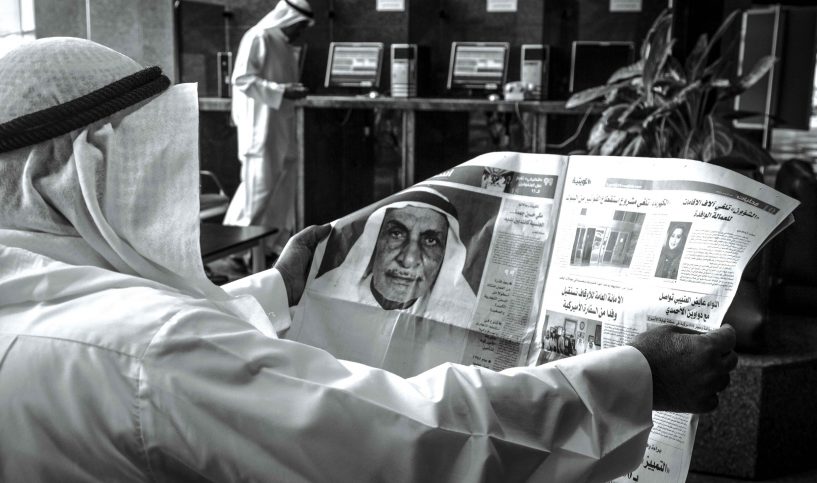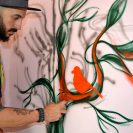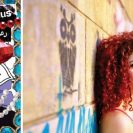When Ahmad Al Shammeri received his first camera from his mother on a trip to Amman, Jordan, he immediately fell in love with the prospects of the art. So convinced was he that this would be his future calling, that he dedicated his first rolls of film to his family and never looked back. An artist that currently works within the constraints of primarily black and white, “street photography,” he enjoys showing various facets of society in all of their flawed and perfect forms. As an artist, he defines the moments he captures as priceless for all of their inherent honesty and reflections of society at large. With this in mind, we sat down with Ahmad to find out more about the man behind the camera.
What/Who inspires your art and why?
My inspiration comes from photography itself, the people I meet, the places I visit, and from photographers who devoted their life to photography and exploring humanity like Robert Capa, Elliott Erwitt, Marc Riboud, and Henri Cartier-Bresson.
What has inspired your specific type of photography (i.e. street scenes)?
I was mainly inspired by the French photographer Henri Cartier-Bresson, who helped develop the street photography genre through an unmatchable technique. His images were all about simplicity and precision, where he engaged himself with his subjects, and managed to record unforgettable moments of the human history.
Do you do other variations of photography as well, or are you sticking to this for now?
My main focus is street photography, but I also do landscape photography, architecture photography, and travel photography as well.
What has been the hardest challenge you have faced in your artistic career so far?
My hardest challenge so far was learning how to spot my subjects and approach them without uncovering myself. In street photography, every second counts, and every movement must be calculated to achieve one good photograph. I had to learn to better understand human behavior and how to detect sudden movements of the subject; how to read impressions within mere seconds. These skills are of course all ones that I couldn’t find in books, but only by practice.
How has the Middle Eastern world reacted to your art?
I believe that the art scene in the region is growing at a fast pace, and so is its audience. But as in any field, you always find your supporters and opponents, and that’s normal. I’m getting positive feedback about my art from other photographers, artists, and art critics in the Middle East.
Is there a prevailing message you are trying to communicate with your pieces?
My work is a mirror that reflects human behavior in its simplest form where thoughts, emotions, dreams, and hopes of others are carried through tales and stories; the ones you never see in a photo album.
What is your dream for your art / what would you like to accomplish in the future?
My dream is to have my MA in photography.
Are there any exhibitions of your work coming up in Kuwait?
I’m currently working on a couple of projects and collaborations with other artists and photographers based in Kuwait. Hopefully, I’ll have my first group show by the end of this year.
Ahmad’s art can be viewed online at his website: www.ahmadalshammeri.com. He can be reached via email at: ahmad.alshammeri@gmail.com or you can follow his instagram: @ahmadalshammeri











